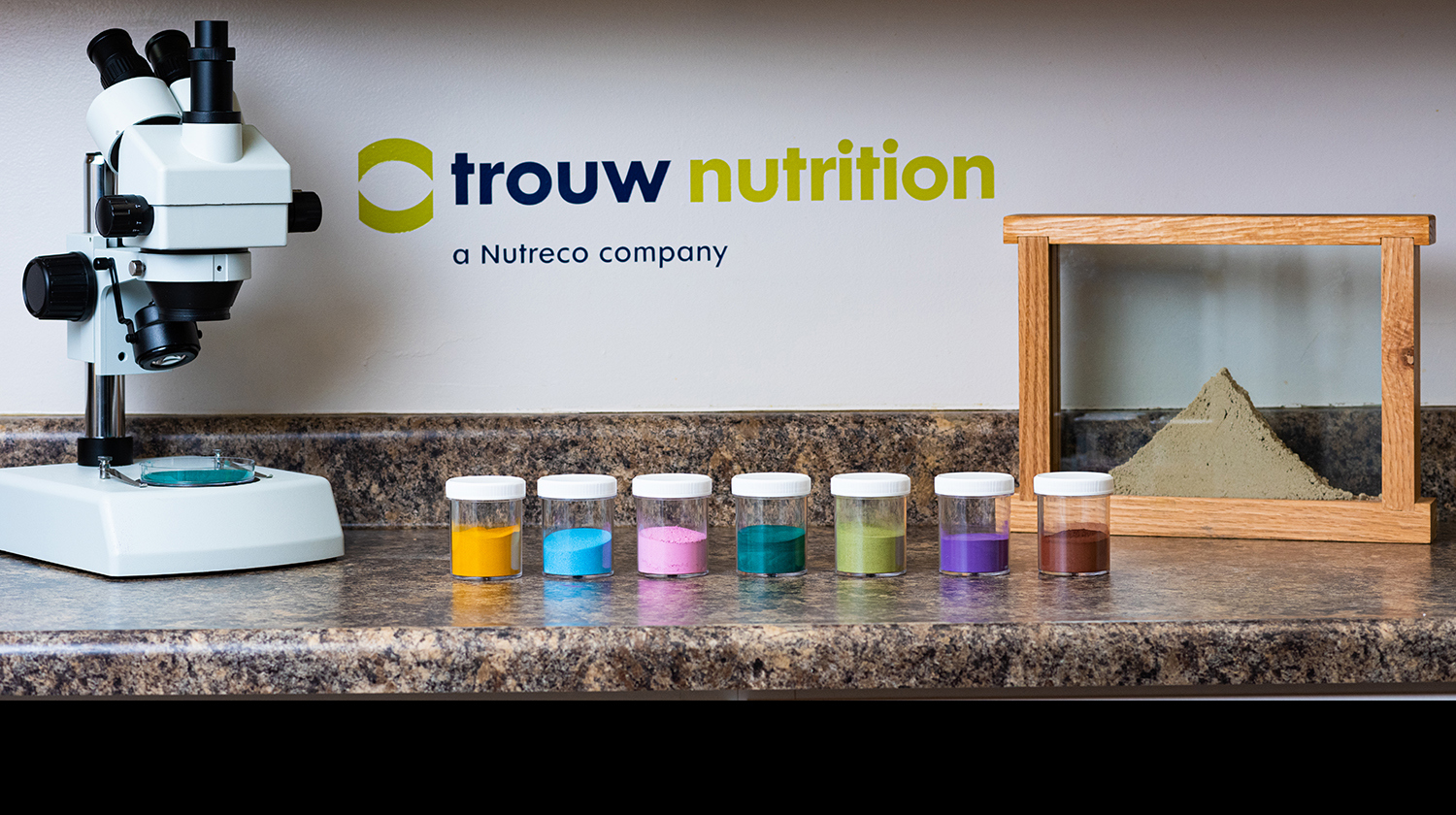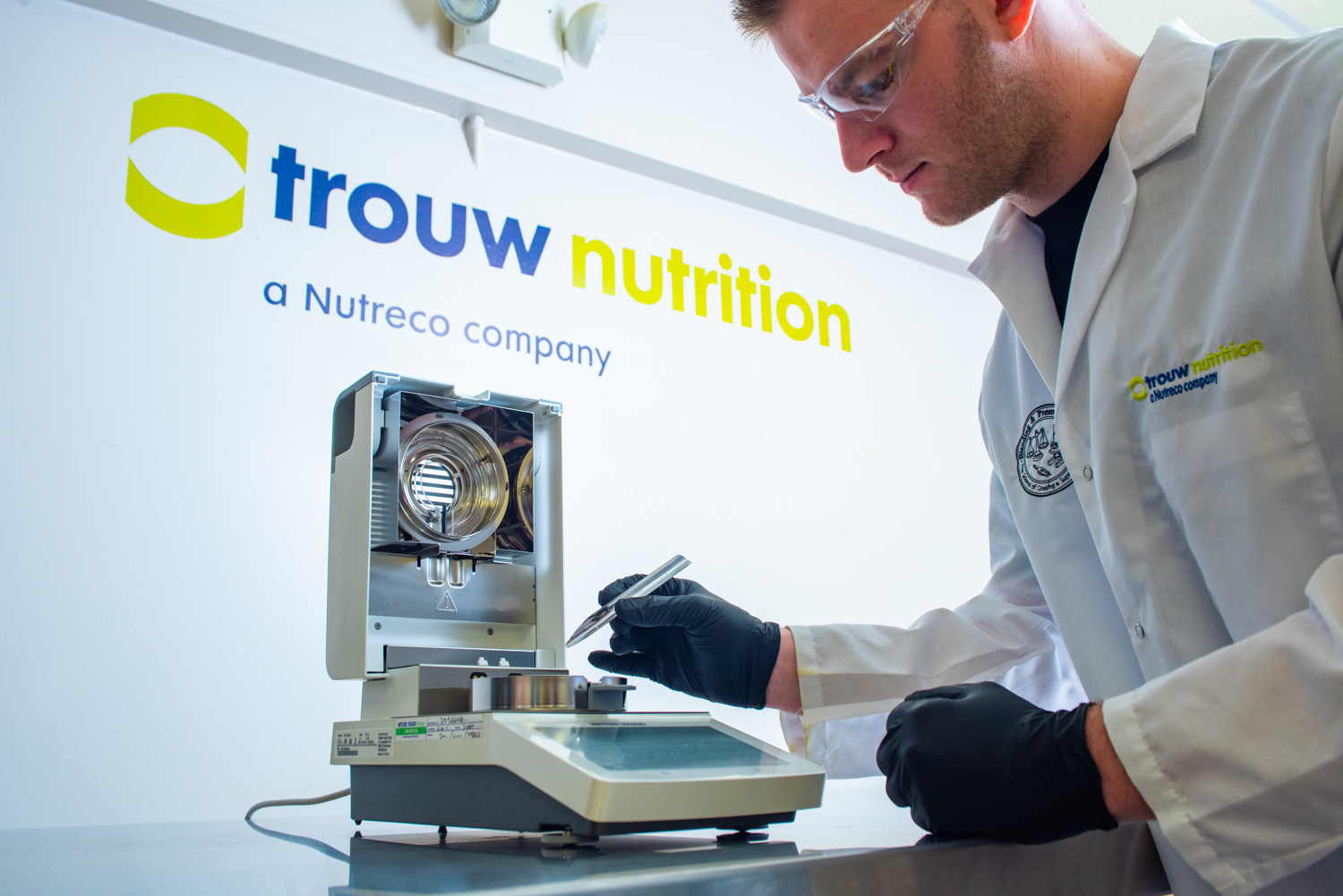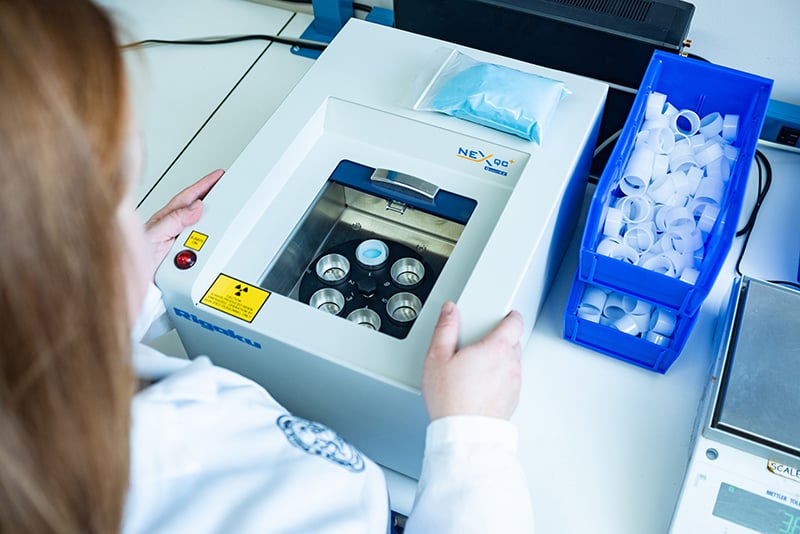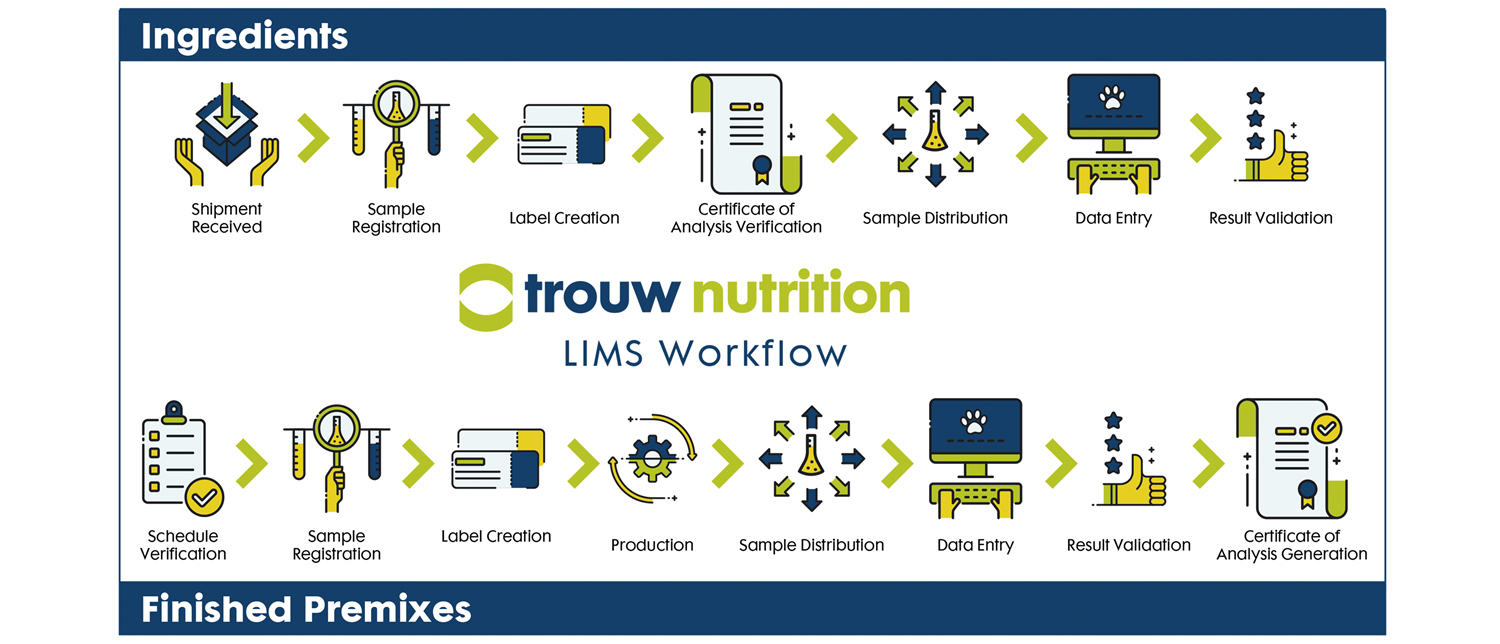Overview
The Association of American Feed Control Officials (AAFCO) holds the industry to strict tolerances of raw materials in effort to ensure the safety of our four-legged family members. To meet these high standards, quality departments employ a variety of methods to test the physical and chemical properties of all raw materials.








